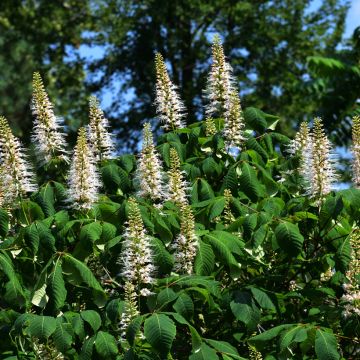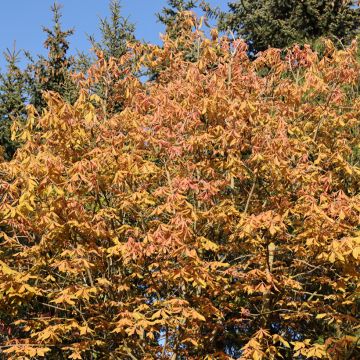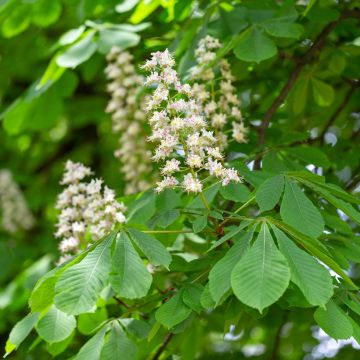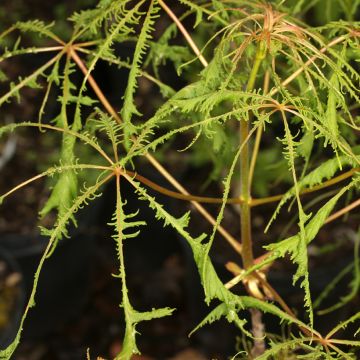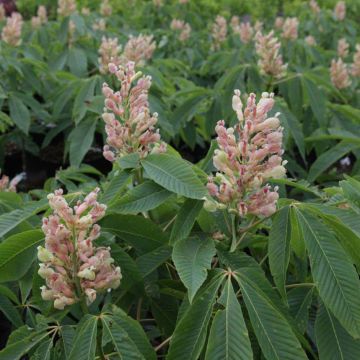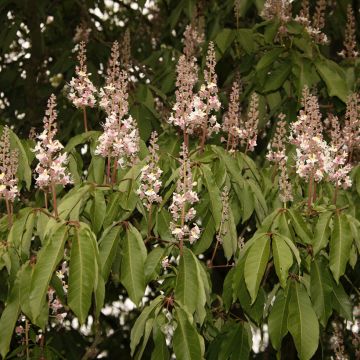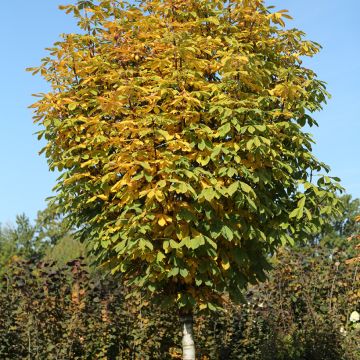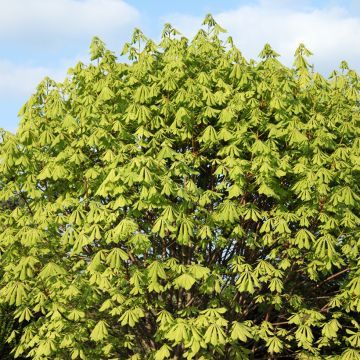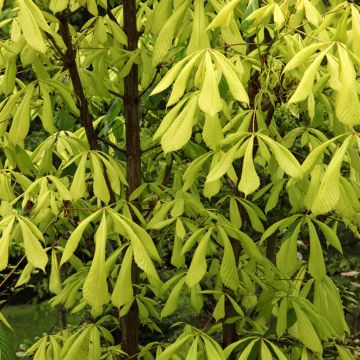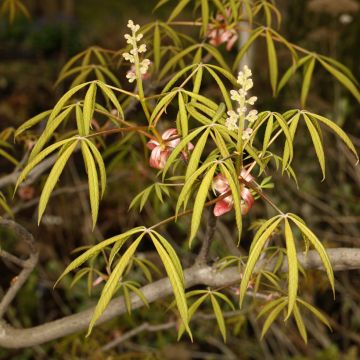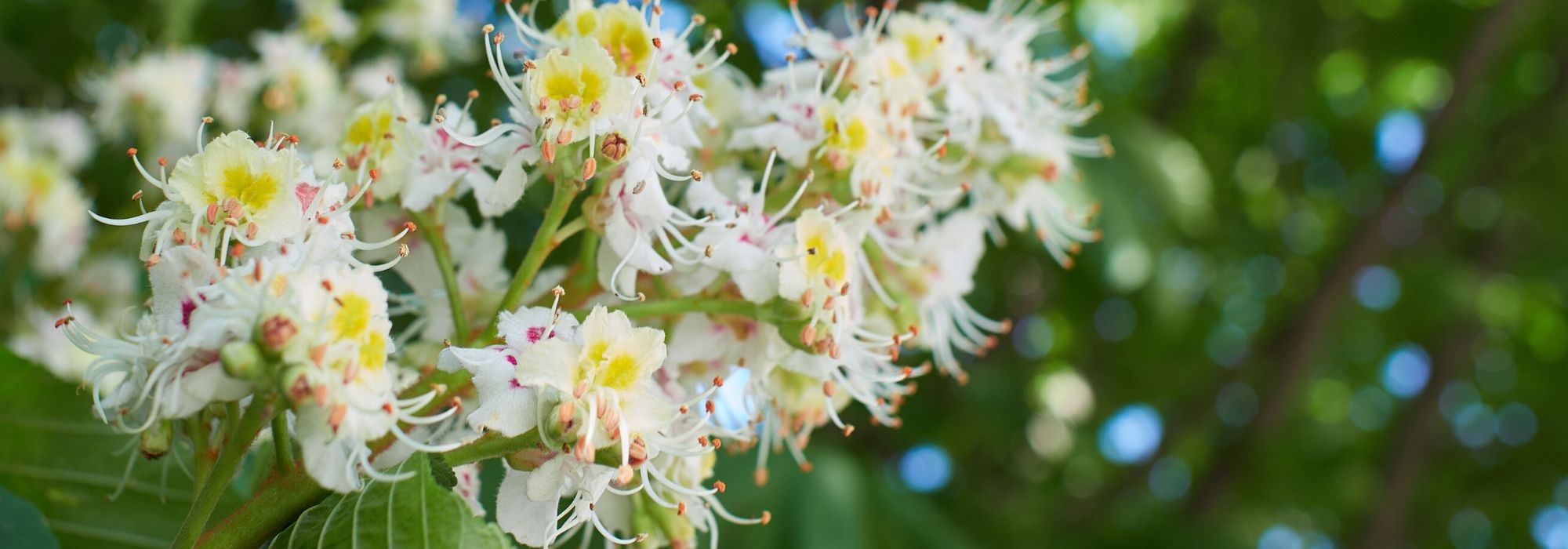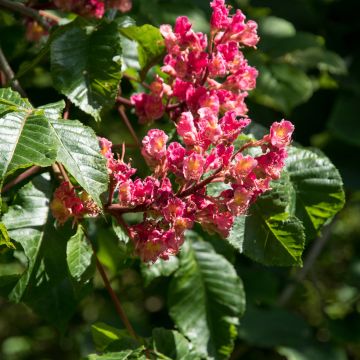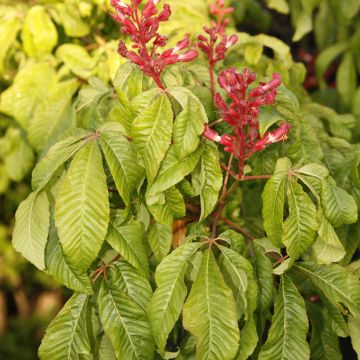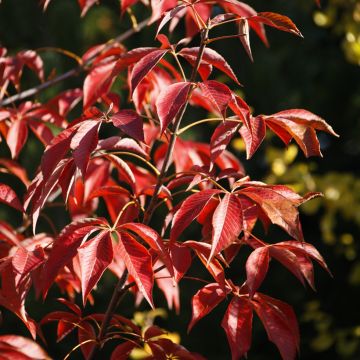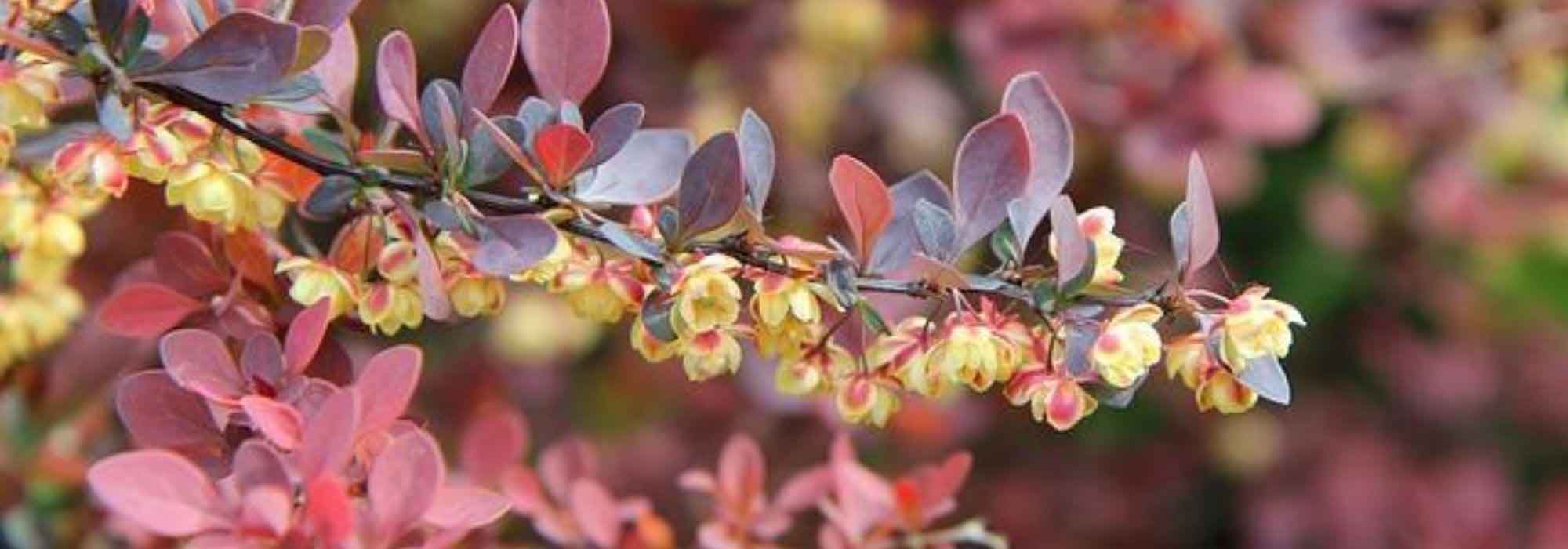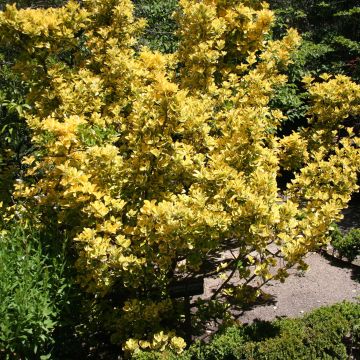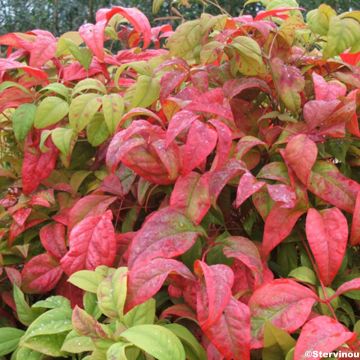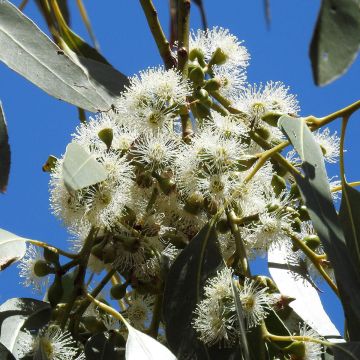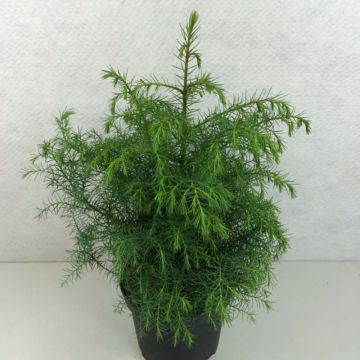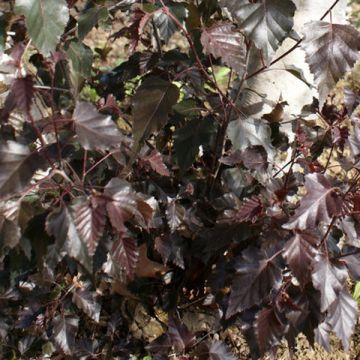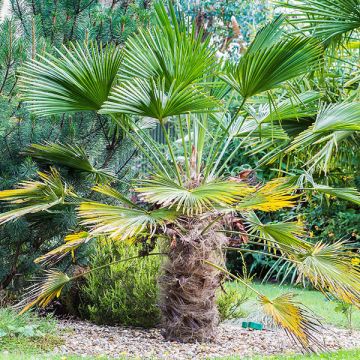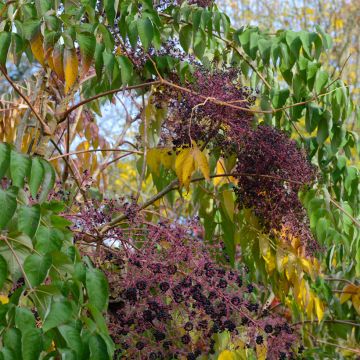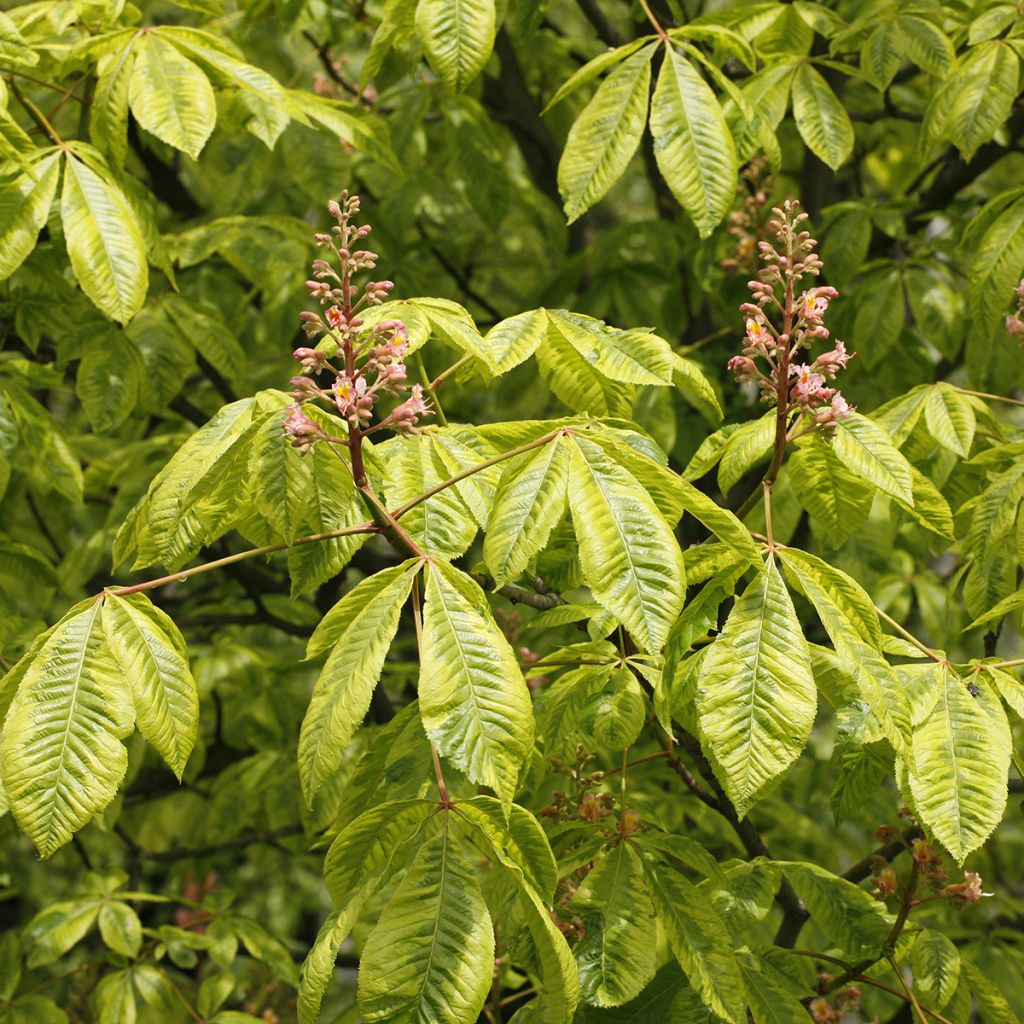

Aesculus x carnea Marginata
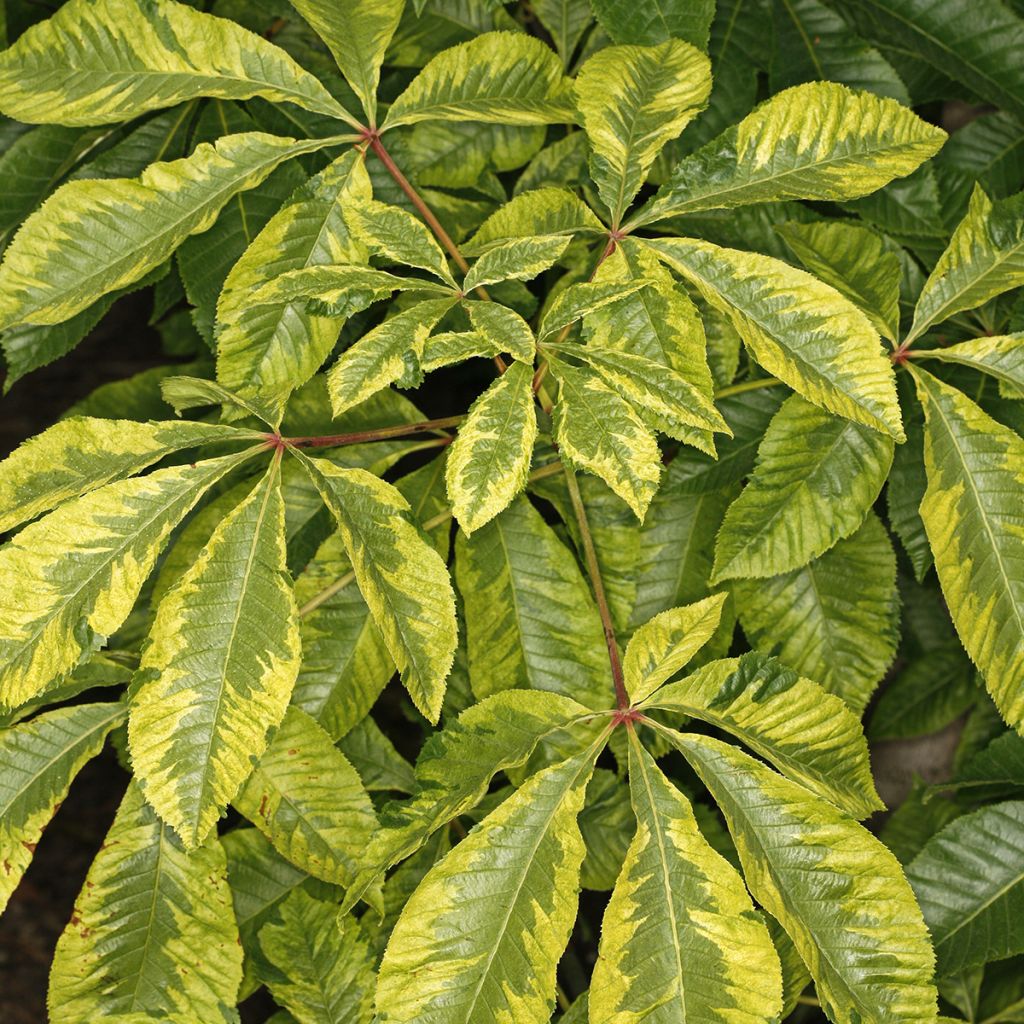

Aesculus x carnea Marginata
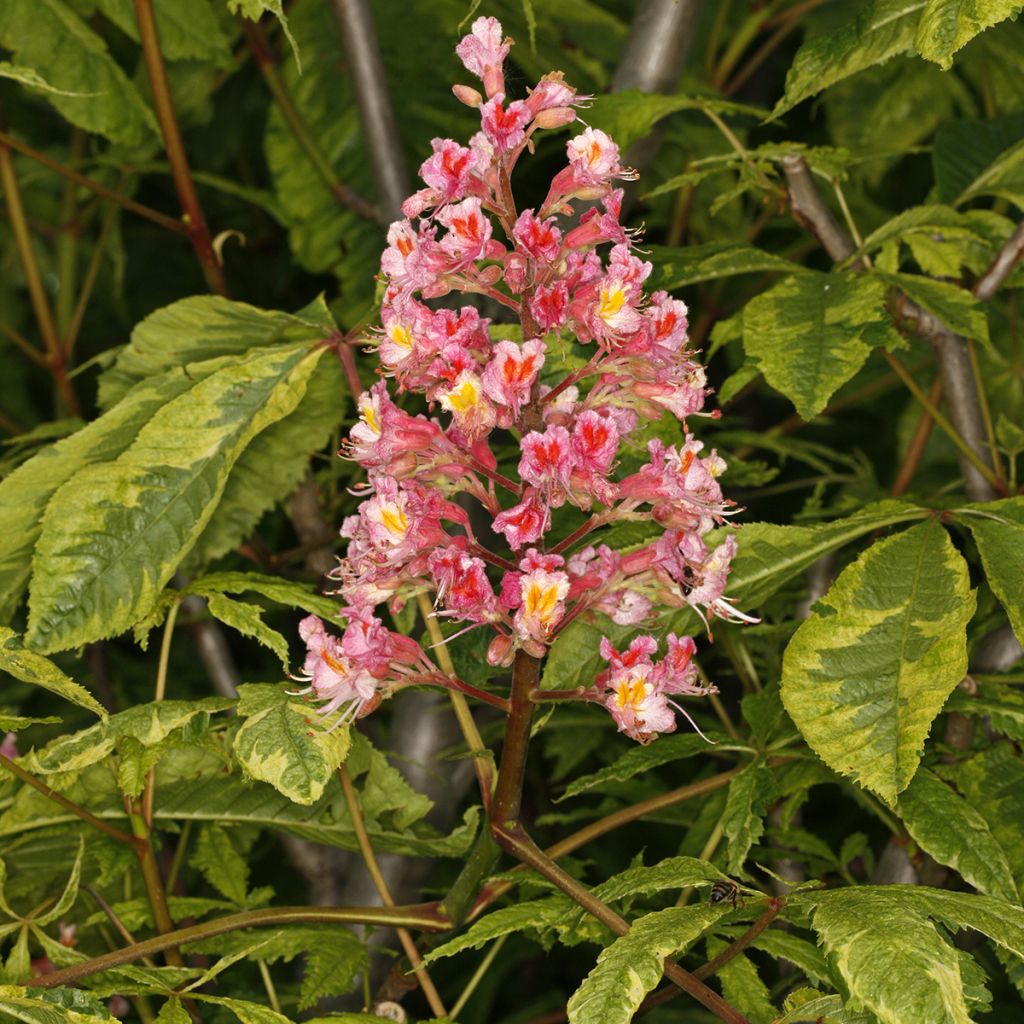

Aesculus x carnea Marginata
Aesculus x carnea Marginata
Aesculus x carnea Marginata
Red Horse Chestnut
Special offer!
Receive a €20 voucher for any order over €90 (excluding delivery costs, credit notes, and plastic-free options)!
1- Add your favorite plants to your cart.
2- Once you have reached €90, confirm your order (you can even choose the delivery date!).
3- As soon as your order is shipped, you will receive an email containing your voucher code, valid for 3 months (90 days).
Your voucher is unique and can only be used once, for any order with a minimum value of €20, excluding delivery costs.
Can be combined with other current offers, non-divisible and non-refundable.
Why not try an alternative variety in stock?
View all →This plant carries a 24 months recovery warranty
More information
We guarantee the quality of our plants for a full growing cycle, and will replace at our expense any plant that fails to recover under normal climatic and planting conditions.
Does this plant fit my garden?
Set up your Plantfit profile →
Description
The Aesculus x carnea 'Marginata' is a medium-sized horse chestnut tree with green foliage edged in yellow, providing a beautiful contrast with its large flowers in shades of pink to red. Very bright, this cultivar, which does not produce chestnuts, gives an exotic touch to the garden. It is a deciduous tree, hardy, and not very demanding in terms of soil and exposure.
The Aesculus x carnea 'Marginata' is a cross between Aesculus hippocastanum, a vigorous species native to high-altitude plains in northwest Greece, and Aesculus pavia, a small tree or bush native to the southeastern United States, with scarlet flowers and greater drought resistance. 'Marginata' is a small horse chestnut with a straight trunk, reaching 6m (20ft) in height after 10 years and 10 to 12m (33 to 39ft) in height with an 8m (26ft) spread at maturity. Its relatively short trunk supports an ovoid, compact, and bushy crown. Its wide branches produce smooth and slightly sticky buds. Its deciduous leaves, 15cm (6in) wide, are divided into 5 elliptical and wavy leaflets, with toothed edges. They are of medium green colour, nicely edged in yellow. They turn beautifully yellow or orange in autumn. The inflorescences, in the form of large upright panicles, bloom in May-June. The small flowers, very abundant, are pinkish-red in colour. The flowering is sterile, preventing the formation of fruits. The trunk of this small tree is covered with a smooth, dark grey bark.
The Aesculus x carnea 'Marginata' prefers to be planted in deep and fertile soil, rather moist, although it withstands drought better than its parent, the Horse Chestnut (Aesculus hippocastanum). It appreciates a sunny location. Plant it in isolation in the middle of a lawn. Its moderate size also allows it to be integrated into a bed of large bushes. Create foliage contrasts by planting it with a Cotinus Royal Purple and a Parrotia persica. Also, enhance its exotic appearance by pairing it with a Magnolia grandiflora.
Plant habit
Flowering
Foliage
Botanical data
Aesculus
x carnea
Marginata
Hippocastanaceae
Red Horse Chestnut
Cultivar or hybrid
Other Aesculus - Horse Chestnut
View all →Planting and care
The Aesculus carnea 'Marginata' should be planted in spring or autumn in a deep, moist soil in a sunny location. Deep ploughing is recommended before planting. Allow it plenty of space, as it can reach a width of 8m (26ft). Water and mulch in summer to keep the soil cool. Fertilize in spring. Prune in February by removing crossing branches or to raise the crown. It may be susceptible to attacks from Chafer beetles, scale insects, and diseases such as coral disease, canker, or foliar spots.
Planting period
Intended location
Care
Planting & care advice
This item has not been reviewed yet - be the first to leave a review about it.
Similar products
Haven't found what you were looking for?
Hardiness is the lowest winter temperature a plant can endure without suffering serious damage or even dying. However, hardiness is affected by location (a sheltered area, such as a patio), protection (winter cover) and soil type (hardiness is improved by well-drained soil).

Photo Sharing Terms & Conditions
In order to encourage gardeners to interact and share their experiences, Promesse de fleurs offers various media enabling content to be uploaded onto its Site - in particular via the ‘Photo sharing’ module.
The User agrees to refrain from:
- Posting any content that is illegal, prejudicial, insulting, racist, inciteful to hatred, revisionist, contrary to public decency, that infringes on privacy or on the privacy rights of third parties, in particular the publicity rights of persons and goods, intellectual property rights, or the right to privacy.
- Submitting content on behalf of a third party;
- Impersonate the identity of a third party and/or publish any personal information about a third party;
In general, the User undertakes to refrain from any unethical behaviour.
All Content (in particular text, comments, files, images, photos, videos, creative works, etc.), which may be subject to property or intellectual property rights, image or other private rights, shall remain the property of the User, subject to the limited rights granted by the terms of the licence granted by Promesse de fleurs as stated below. Users are at liberty to publish or not to publish such Content on the Site, notably via the ‘Photo Sharing’ facility, and accept that this Content shall be made public and freely accessible, notably on the Internet.
Users further acknowledge, undertake to have ,and guarantee that they hold all necessary rights and permissions to publish such material on the Site, in particular with regard to the legislation in force pertaining to any privacy, property, intellectual property, image, or contractual rights, or rights of any other nature. By publishing such Content on the Site, Users acknowledge accepting full liability as publishers of the Content within the meaning of the law, and grant Promesse de fleurs, free of charge, an inclusive, worldwide licence for the said Content for the entire duration of its publication, including all reproduction, representation, up/downloading, displaying, performing, transmission, and storage rights.
Users also grant permission for their name to be linked to the Content and accept that this link may not always be made available.
By engaging in posting material, Users consent to their Content becoming automatically accessible on the Internet, in particular on other sites and/or blogs and/or web pages of the Promesse de fleurs site, including in particular social pages and the Promesse de fleurs catalogue.
Users may secure the removal of entrusted content free of charge by issuing a simple request via our contact form.
The flowering period indicated on our website applies to countries and regions located in USDA zone 8 (France, the United Kingdom, Ireland, the Netherlands, etc.)
It will vary according to where you live:
- In zones 9 to 10 (Italy, Spain, Greece, etc.), flowering will occur about 2 to 4 weeks earlier.
- In zones 6 to 7 (Germany, Poland, Slovenia, and lower mountainous regions), flowering will be delayed by 2 to 3 weeks.
- In zone 5 (Central Europe, Scandinavia), blooming will be delayed by 3 to 5 weeks.
In temperate climates, pruning of spring-flowering shrubs (forsythia, spireas, etc.) should be done just after flowering.
Pruning of summer-flowering shrubs (Indian Lilac, Perovskia, etc.) can be done in winter or spring.
In cold regions as well as with frost-sensitive plants, avoid pruning too early when severe frosts may still occur.
The planting period indicated on our website applies to countries and regions located in USDA zone 8 (France, United Kingdom, Ireland, Netherlands).
It will vary according to where you live:
- In Mediterranean zones (Marseille, Madrid, Milan, etc.), autumn and winter are the best planting periods.
- In continental zones (Strasbourg, Munich, Vienna, etc.), delay planting by 2 to 3 weeks in spring and bring it forward by 2 to 4 weeks in autumn.
- In mountainous regions (the Alps, Pyrenees, Carpathians, etc.), it is best to plant in late spring (May-June) or late summer (August-September).
The harvesting period indicated on our website applies to countries and regions in USDA zone 8 (France, England, Ireland, the Netherlands).
In colder areas (Scandinavia, Poland, Austria...) fruit and vegetable harvests are likely to be delayed by 3-4 weeks.
In warmer areas (Italy, Spain, Greece, etc.), harvesting will probably take place earlier, depending on weather conditions.
The sowing periods indicated on our website apply to countries and regions within USDA Zone 8 (France, UK, Ireland, Netherlands).
In colder areas (Scandinavia, Poland, Austria...), delay any outdoor sowing by 3-4 weeks, or sow under glass.
In warmer climes (Italy, Spain, Greece, etc.), bring outdoor sowing forward by a few weeks.






























